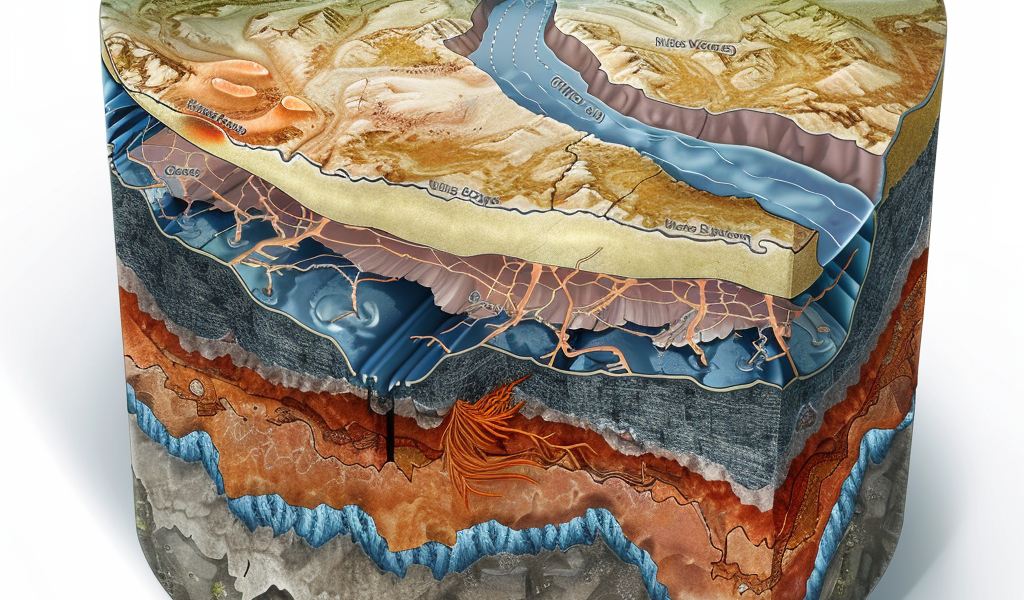In a recent study, headlines from several news outlets claimed that scientists have discovered a massive subterranean ocean approximately 400 miles underground. The water contained inside the Earth is said to be roughly triple that of the water in the world’s surface oceans. However, the reality is a little more complicated than a ‘giant underground ocean,’ and the discovery isn’t new. It’s based on a study published in the journal Science a decade ago.
The study suggests an adjustment to our understanding of the planet’s water cycle. It introduces a significant store of water in the mantle transition zone, between 255 and 410 miles underground. This adds to the picture of the water cycle that we learned in grade school, where water evaporates to form clouds, then rains down all over the world, before trickling back to the sea from wherever it fell. The 2014 study reveals that water can be found in the mantle transition zone through various processes, such as getting soaked up by soil and seeping down through cracks into the rock below, or through interactions with the ground at the bottom of the ocean.
Researchers found the underground water by measuring tectonic waves traveling through the planet. They observed that the waves slowed down in the mantle transition zone when they came into contact with a rock called ringwoodite, which is soaked through with water. This discovery challenges our previous understanding of the distribution of water within the Earth and sheds light on the complex processes that contribute to the planet’s water cycle.





